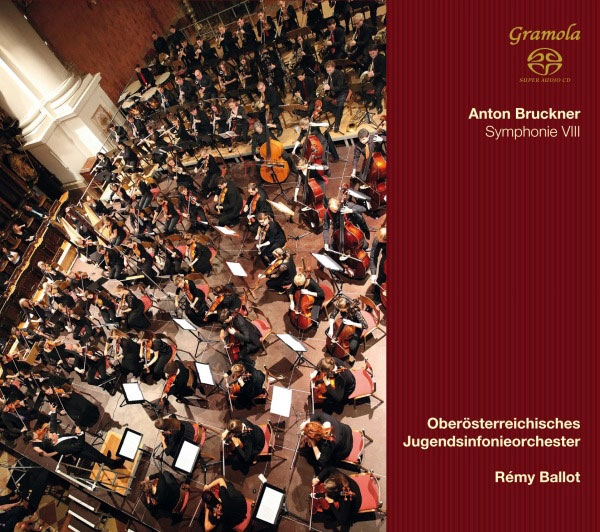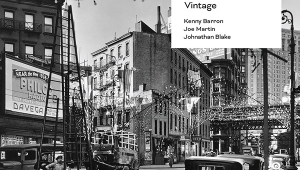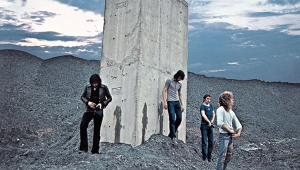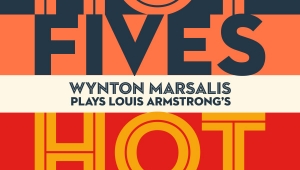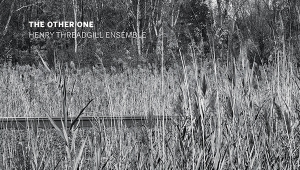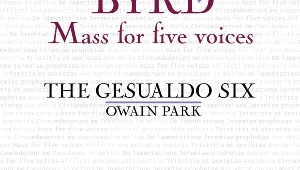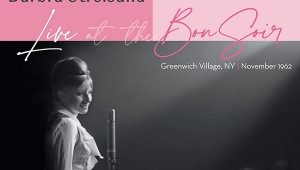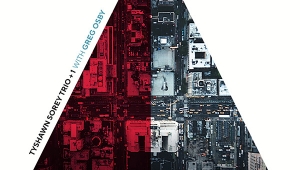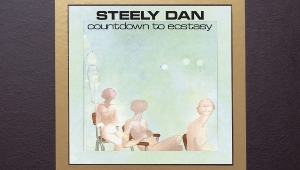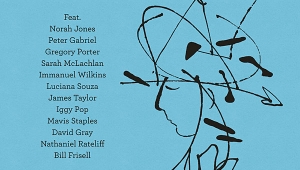| Columns Retired Columns & Blogs |
has been one of my favorites. As you say here, he takes the time to let the notes build and be digested, and is not afraid of long caesuras. I think the long buildup allows a release that approaches the spiritual ecstasy Bruckner sought. By contrast, with much of the Bruckner I've heard, the only way the conductors seem to know to navigate is to whip the orchestra into a frenzy; as though they don't trust, or understand, the music or the audience, or both.
I was listening to Temirkanov and the St. Petersburg Mahler 5 on Water Lily just last night, another example of glacial pacing. It wrings so much from the music, and when tonality is pushed toward the breaking point, the Austrian composer's music suddenly sounded a bit Russian, and recalled Shostakovich's more satirical side.
Klemperer has been another favorite for holding a steady pace and permitting one to hear all the elements of the orchestration.
At any rate, I will get a copy of this one.
